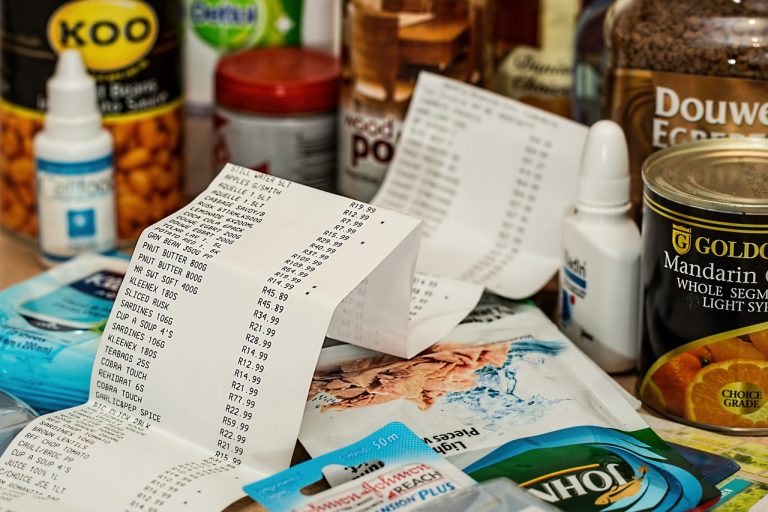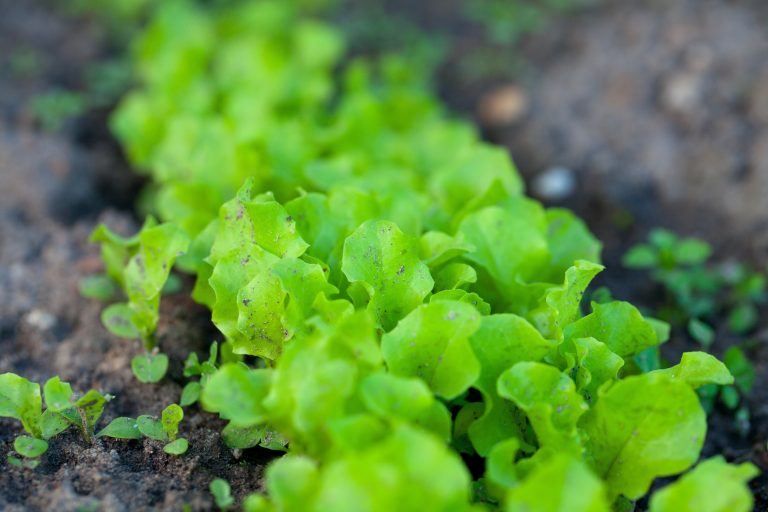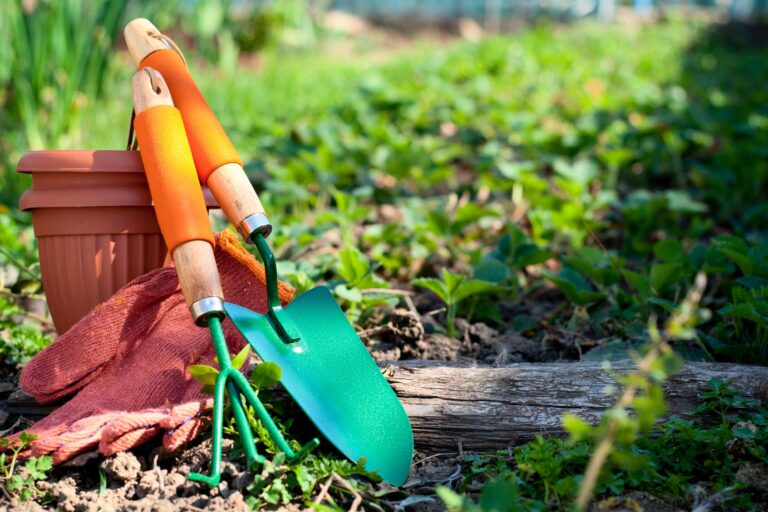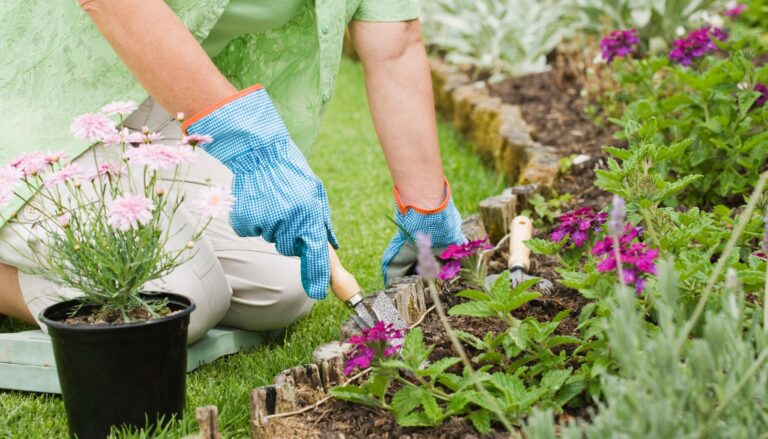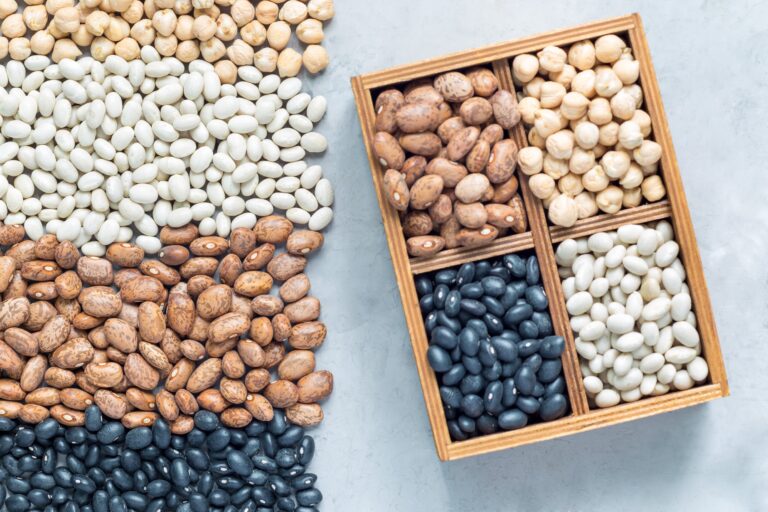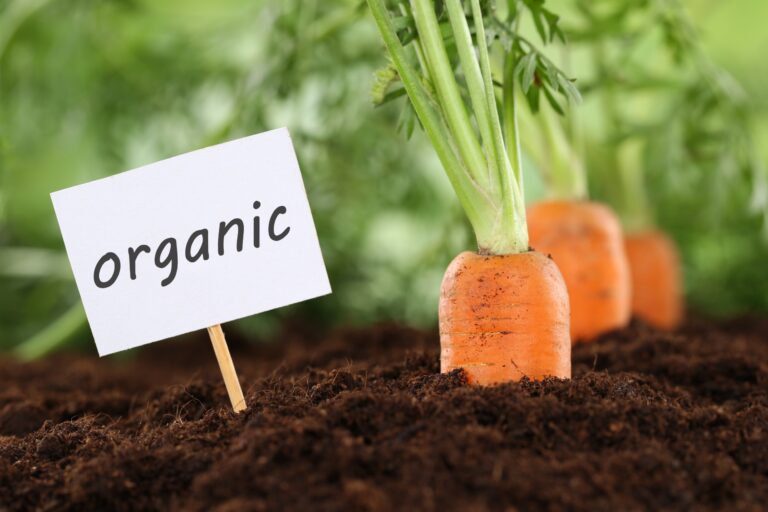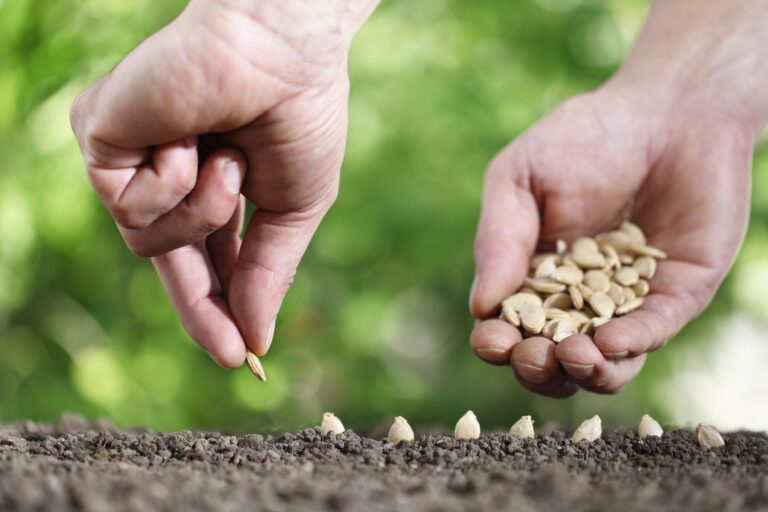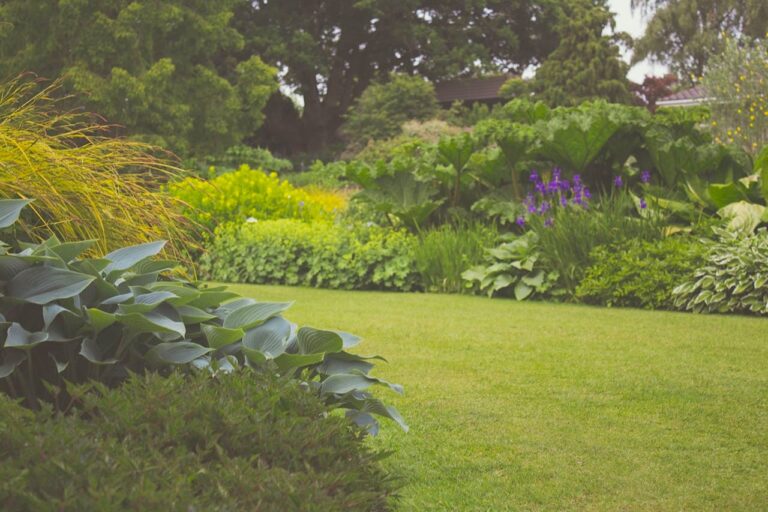In the past, I always noticed a jump in our food budget over the winter months. You’d think that the summer, with its frequent BBQs and outdoor game nights, would put a more significant dent in the budget, but I’ve noticed the opposite. In the summer, we get a lot of food right from the…
gardening tips
The Number One Tenet of Frugal Gardening: Plant What You Love
Apologies for the delay in posting this week. I managed to get mild food poisoning after a lovely brunch, and my stomach was in knots for nearly two days. The gardening season is definitely on its way, though! I love seeing photos of gardens slowly turning green and spotting hidden veggie beds in front or…
DIY Hacks: Transform Everyday Items into Cheap Gardening Tools
Looking for cheap gardening tools that won’t break the bank? You don’t need to spend a fortune to equip your garden with everything you need. By repurposing everyday items, you can create functional and cost-effective tools that make gardening easier and more enjoyable. Here are ten creative DIY hacks to help you save money while…
Inexpensive Planting Solutions: 10 Genius Tips for Gardeners on a Budget
Inexpensive planting solutions are the key to creating a beautiful garden without breaking the bank. Whether you’re a seasoned gardener or a newbie, these creative and budget-friendly ideas will help you grow lush plants and vibrant flowers. Here are ten genius ideas to get you started. 1. Recycle Household Containers One of the easiest and…
Cultivating Knowledge: The Top 7 Gardening Podcasts to Enrich Your Green Thumb
Gardening is not just a pastime; it’s a passion for millions who enjoy getting their hands dirty and cultivating their own patches of earth. Whether you’re a novice hoping to grow your first flowers or a seasoned horticulturist looking to expand your knowledge, gardening podcasts can be a treasure trove of information. Here’s a guide…
5 Compelling Reasons to Purchase Seeds Over Harvesting from Fruits
In the world of gardening, the choice between purchasing seeds and harvesting seeds from fruit can significantly impact the success of your planting season. While harvesting seeds from fruit may seem economical and sustainable, there are several compelling reasons to purchase seeds instead. This approach offers advantages ranging from genetic quality to ease of use,…
Enhance Your Garden Naturally with These Top 5 Organic Fertilizers
In an era where sustainability and organic living are more than just trends – they’re a lifestyle – the demand for natural garden care solutions is on the rise. For those with a green thumb, turning to organic fertilizers is a step towards nurturing your garden in harmony with nature. These fertilizers not only enrich…
5 Fast Growing Seeds for Beginner Gardeners
In the world of gardening, the joy of planting a seed and watching it grow into a thriving plant is unparalleled. For beginner gardeners, this excitement is often tinged with impatience and the eagerness to see quick results. Fortunately, certain seeds grow at a rapid pace, offering almost immediate gratification and a sense of achievement….
Don’t Do That! 9 Pieces of Bad Gardening Advice to Ignore
Gardening, an age-old practice that bridges generations, cultures, and geographies, has seen a resurgence in popularity in recent years. With this renewed interest comes an abundance of advice, some of it good, some… not so much. In an era where the internet is teeming with quick tips and hacks, it’s crucial to weed out the…
17 Gardening Tips for Seniors to Create the Perfect Backyard Oasis
Ah, retirement! The golden years when you finally have time to turn that neglected backyard into your own slice of paradise. But before you start, remember that gardening is supposed to be fun! Whether you’re a seasoned green thumb or a novice nurturing your first petunia, these 17 gardening tips are your secret sauce to…
